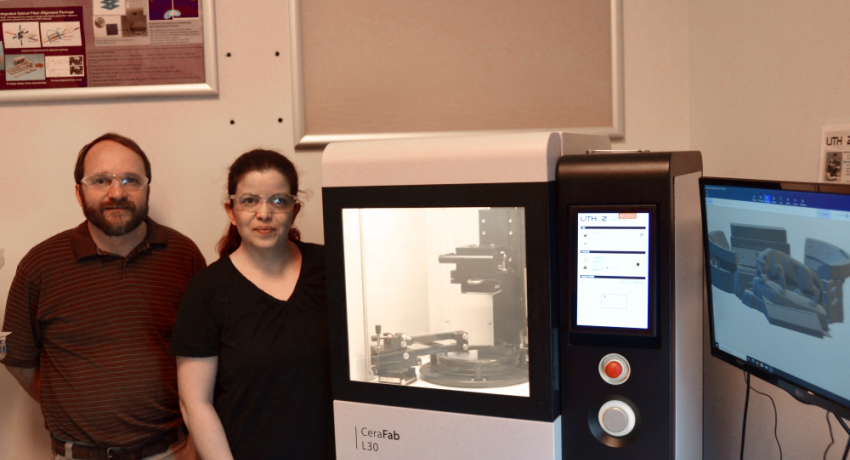The Carbon Scaffold: Building Next-Generation Materials and Devices on Quasi-freestanding Epitaxial Graphene
Speaker: Dr. Kevin Daniels, University of Maryland
Abstract: Two-dimensional materials possess unique mechanical, optical, and electronic properties that can exceed those of their bulk crystal counterparts.









